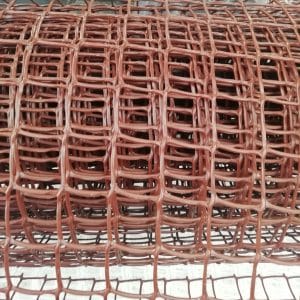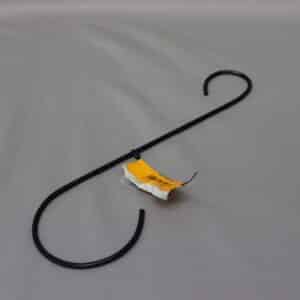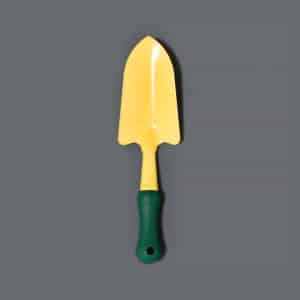Fennel
Kitchen gardening

Fennel
Fennel is a wonderfully aromatic herb that is valued for both its seeds and leaves. Fennel have feathery leaves and dainty yellow flowers on umbrella-type flower heads. It can grow up to 2.5m tall and is best known for its aniseed-like flavour.
Fennel seeds have been used as a natural digestive aid since the 8th century and are still often served to diners at restaurants in Greece, Turkey and Italy.
Planting tips :
- Choose a sunny area of your garden and plan to sow your fennel seeds at the back of a garden bed, as it can grow very tall.
- Soak fennel seeds in water for a day or two before sowing. This will help them to germinate more quickly.
- Sow the seeds directly into the soil and keep the soil moist at all times until the plants sprout.
- When you seedlings reach a height of about 15cm tall, thin them out to a distance of about 30cm apart.
- Fennel will begin to flower about 90 days after sowing. Wait until the flower heads start to fade before harvesting the seeds.
- Make sure you don’t plant fennel close to dill as the two plants will cross-pollinate each other.
Uses:
- Fennel seeds are used in a variety of dishes, from sausages to fish and egg dishes, and even desserts.
- Fresh fennel leaves are delicious and refreshing in salads and dips. Florence fennel (which has a large bulb-like base) is a popular vegetable in Italy, where it is eaten raw or cooked.
- Fennel is used in many natural tooth pastes due to its sweet-smelling, fresh aroma.
- Fennel is believed to drive away fleas due to its potent smell. For this reason, powdered fennel is used in many kennels and stables to keep fleas at bay.
You might also like
Shop online
-
- Sale!
PHILODENDRON HASTATUM 14CM
- Original price was: R179.99.R99.99Current price is: R99.99.
- Add to cart Learn More




